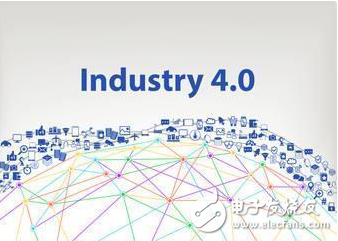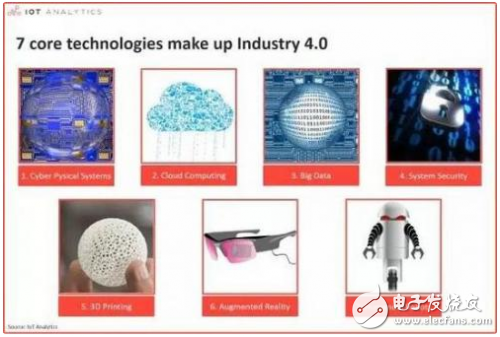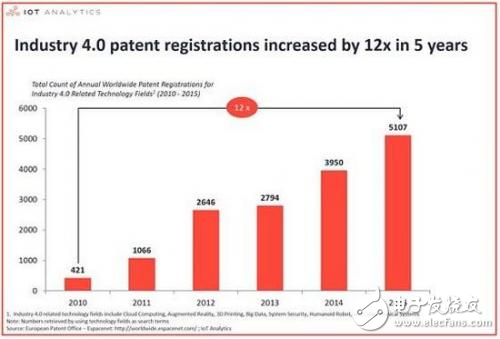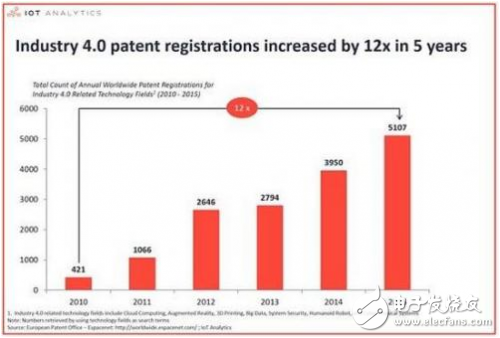"Industry 4.0", or the fourth industrial revolution, is not only the development trend of German industry, but also the theme of this year's World Economic Forum. It can be regarded as a world-oriented movement of manufacturing and industry for the future. However, it is unclear which industrial technology will lead the future of manufacturing. But by analyzing the core technologies of the "Industry 4.0" field in the past six years, we may be able to give us inspiration.
Unfortunately, there is no universally accepted definition of the fourth industrial revolution, and it is uncertain what technologies it includes.

But we believe that the following seven core technologies can be seen as the backbone of Industry 4.0:

Figure 1: Seven core technologies that make up Industry 4.0
1. Information Physics System (CPS)
The CPS form network is capable of responding to changing environments and even predicting changes in physical system processes through (wireless) sensing and driving.
2. Cloud computing
Cloud computing makes it possible to connect locally stored applications or services to the Internet of Things.
3. Big data analysis
Big data refers to data sets that are too large for typical database software tools to collect, store, manage, and analyze. Big data analytics makes industrial intelligence possible, such as machine learning.
4. (IT) system security
Data, the spread of data, and all other industrial systems, machinery, and originals need to be adequately protected from cyber attacks.
5. Additive manufacturing / 3D printing
AddiTeveManufacturing (AM) technology is a technique for manufacturing solid parts by gradually adding materials. Compared with traditional material removal-cutting technology, it is a "bottom-up" manufacturing method.
6. Augmented Reality (HMI)
Workers using augmented reality glasses can remotely accept instructions to properly assemble parts or assist with debugging.
7. Robot / Humanoid Robot (HMI)
New technologies make interactions safer, such as letting robots perform tasks in places that humans cannot reach. These robots are often designed to be human.
3 innovation drivers: 3D printing, augmented reality, big data
Because the current digital transformation, the Internet of Things and the concept of "Industry 4.0" are fierce, it is difficult to understand where the current innovation hotbed is?
IoTAnalyTIcs analyzes the number of patents filed worldwide from 2010-2015, and the number of patents can be seen as an important indicator of innovation activities.
Main conclusions: The total number of patent registrations related to “Industry 4.0†has increased by 12 times in just five years.

Figure 2: Total number of patents related to the “Industry 4.0†theme (2010-2015)

Figure 3: Detailed trends in the number of patents related to the “Industry 4.0†theme

Air Handing System,Air Handing Unit System,Air Ventilation System,Air Heating Cooling System
Chongqing LDJM Engine Parts Center , https://www.ckcummins.com